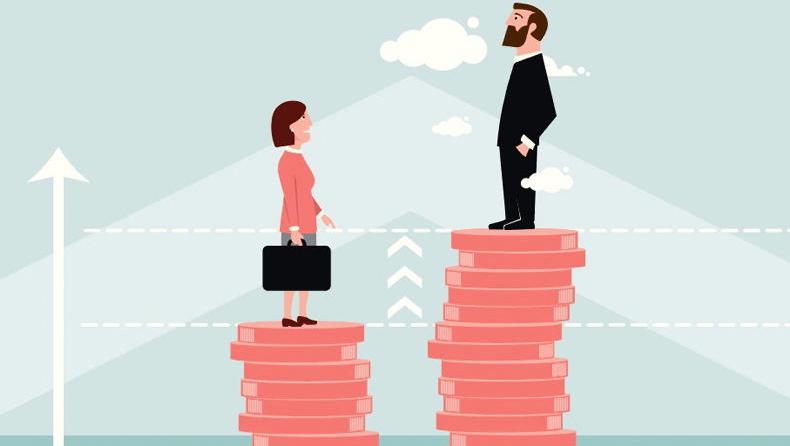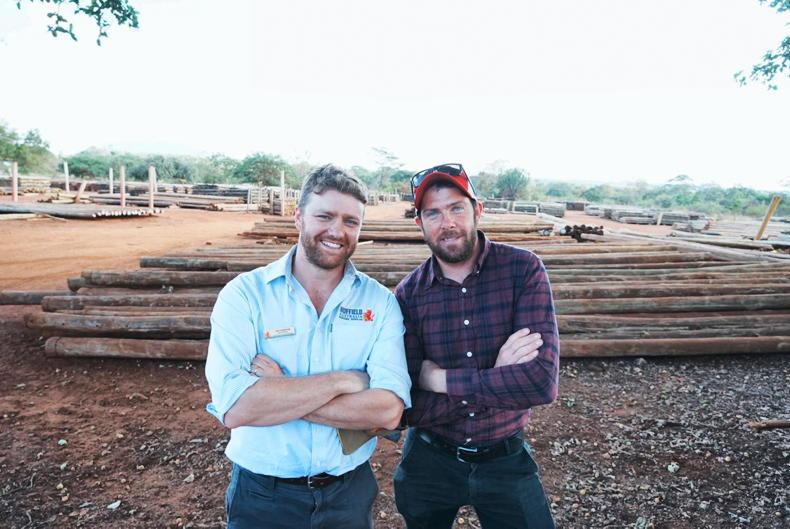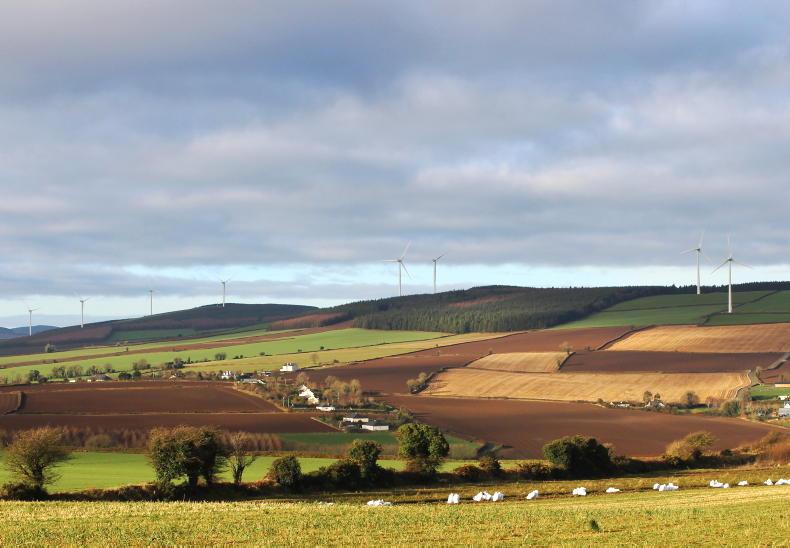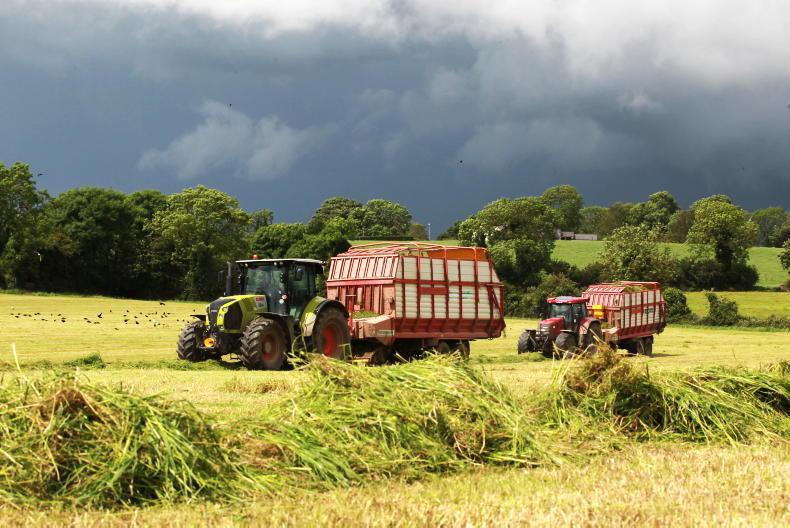Gender pay gaps remain a persistent issue across industries, and the agri-food sector is no exception.
While many companies are making strides toward greater inclusivity and narrowing pay disparities, the lack of female representation at senior leadership levels continues to drive inequities in the industry.
Turnover of senior female staff and traditional employment patterns also contribute to disproportion.
As organisations move into their third year of mandatory gender pay gap reporting, the focus has shifted from data collection to actionable solutions. Across the sector, organisations are improving gender diversity and reducing pay gaps, as can be sees in Tirlán and Kerry Groups’ 2024 reports.
However, there are still structural barriers which persist throughout the sector, such as the concentration of men in higher-paying roles and leadership positions. Ornua, Teagasc and Dairygold all had an increase in their gender pay gap reports for 2024.
Regulatory changes, such as the requirement for companies with over 50 employees to publish reports by the end of 2025, are increasing accountability.
Gender imbalance
There has been a lot of progress made over the last year in regards to women being appointed to board positions.
One of the main factors for this was the Government policy set up by the former Minister for Agriculture Charlie McConalogue with a target of at least 40% of each gender on State boards. However, the co-op board representation remains male-dominant with women holding one position in Tipperary Co-op, Tirlán, Lakeland, Carbery and Dairygold, respectively.
The CEOs of co-ops are male across the board, except for Bandon Co-op in Co Cork where Eilis Mahon took the leadership role in January 2025.
The gender pay gap is the difference in the total hourly pay between male and female employees. This is presented through a range of measures including the difference in median and mean hourly pay of all relevant male and female employees, including those on temporary contracts.
The mean gender pay gap in Tirlán is 8.5%, demonstrating a 6.2 percentage point reduction in the gender pay gap since its last reporting period in 2023. Along with this, its median has seen a decline since 2023, as it is now sitting at 6.3%. Speaking about the report, Michael O’Leary, chief people design and diversity, equity and inclusion (DEI) officer said: “While we are very pleased that we are tracking so positively year on year, we recognise that we still have work to do to improve female representation at all levels across our business and, most particularly, in leadership.”
The mean gender pay gap for Kerry Group is the lowest seen across the sector at -0.3% for 2024 and a median gap of 5% which is down from 6% in 2023.
The representation of females in the upper quartile has shown a positive trend, increasing from 41.2% in 2023 to 42.1% in 2024. This growth highlights ongoing efforts and progress towards gender diversity and inclusion in the organisation.
Increases in gender pay gaps for 2024 have been seen in three of the large agri-food companies.
In 2024, the mean gender pay gap in Ornua increased from 32% in 2023 to 37%, which is a significant jump.
This is the third year in a row where the mean has increased.
The results are largely reflective of more heavily weighted male representation on Ornua’s executive and senior leadership teams.
Changes in female representation at the executive and senior leadership level have contributed to an increase in the average pay gap reported for the current review period, compared to 2023.
In the report, Ornua chief executive, Conor Galvin said: “We recognise the need to make greater progress in improving gender representation at senior levels of the organisation.”
In the last year, the mean gender pay gap in Teagasc has increased from 12% in 2023, to 14% in 2024.
The median has decreased from 18% in 2023, to 15% in 2024.
While, for the most part, Teagasc staff is well balanced, only 25% of senior positions are held by women.
In its gender pay gap report, it stated the reason for the gender pay gap increase seen this year was due to the “turnover of leading female scientists to outside organisations”.
The gender split of the Dairygold workforce is 32% female to 68% male. It has reported an increase in the mean by 1.95% and median by 6.8% for 2024, compared to 2023.
This means that on average, males across all organisational levels at Dairygold earn 11.7% more than females in 2024. The overall earnings for males at the mid-point of each gender group is 15.9% higher.
Over the next two years, we will see more agri-food companies come under the microscope reegarding pay transparency and gender diversity.
According to the Gender Pay Gap Information Act 2021, from 1 June this year, companies with 50 or more employees will be required to publish their gender pay gap report.










SHARING OPTIONS